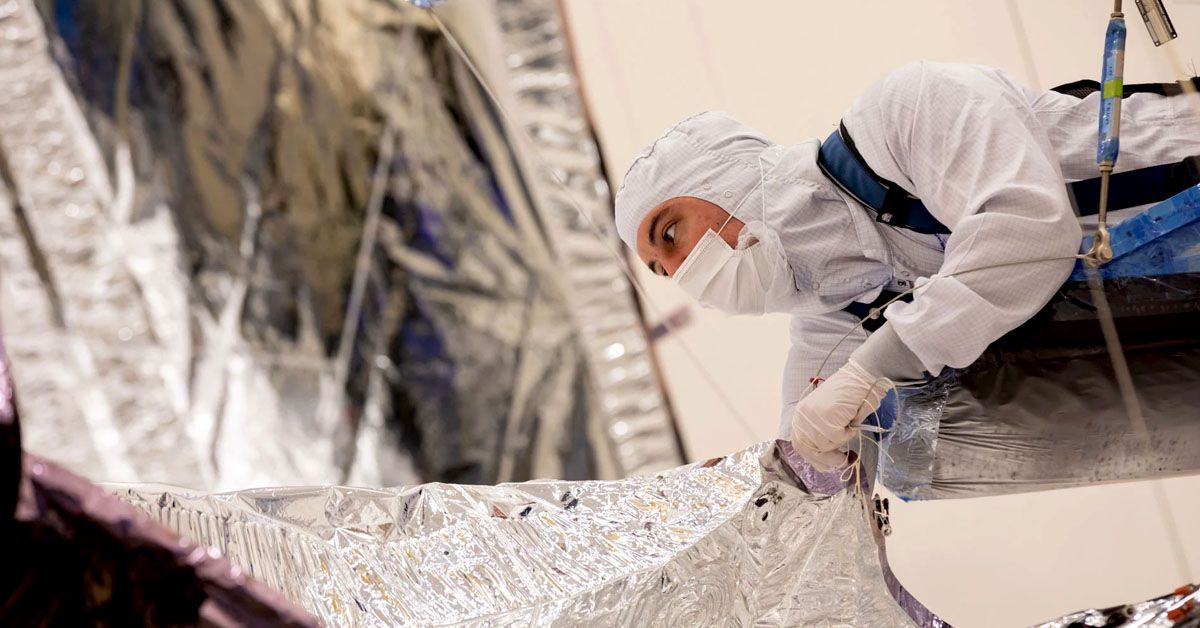As the highly-anticipated successor to the iconic Hubble Space Telescope, JWST has aroused much excitement among astronomers and members of the general public alike. A marvel of modern engineering, JWST promises unprecedented insights into our universe, from galaxies forming to planet formation to finding habitable exoplanets!
A key factor in JWST's groundbreaking potential lies in its innovative sunshield, an engineering marvel in itself. This tennis court-sized structure serves as a critical component of the telescope's success, providing vital thermal protection and ensuring the sensitive instruments operate at their optimal temperatures.
The Design and Functionality
The sunshield of the James Webb Space Telescope is a truly awe-inspiring piece of engineering. Comprising five layers, each as thin as a human hair, it stretches to the size of a tennis court when fully deployed. The primary function of this gargantuan structure is to separate the telescope into distinct warm and cold sides, a critical aspect of its operation.

To achieve the highest level of precision in its observations, the JWST needs to maintain a constant and stable temperature. This is where the sunshield's clever design comes into play, passively cooling the telescope by radiating heat into the cold vacuum of space. By doing so, the sunshield protects the telescope's sensitive instruments from temperature fluctuations, ensuring that the optics remain accurately aligned and can capture the finest details of the cosmos.
Material and Composition
At the heart of the sunshield's effectiveness is its remarkable choice of material: Kapton. This lightweight, ultra-thin material boasts extraordinary thermal properties, making it the perfect choice for the demanding environment of space. To ensure the sunshield's durability, its Kapton layers are coated with aluminum and doped-silicon, which not only enhances their thermal performance but also offers protection against harsh conditions in space.
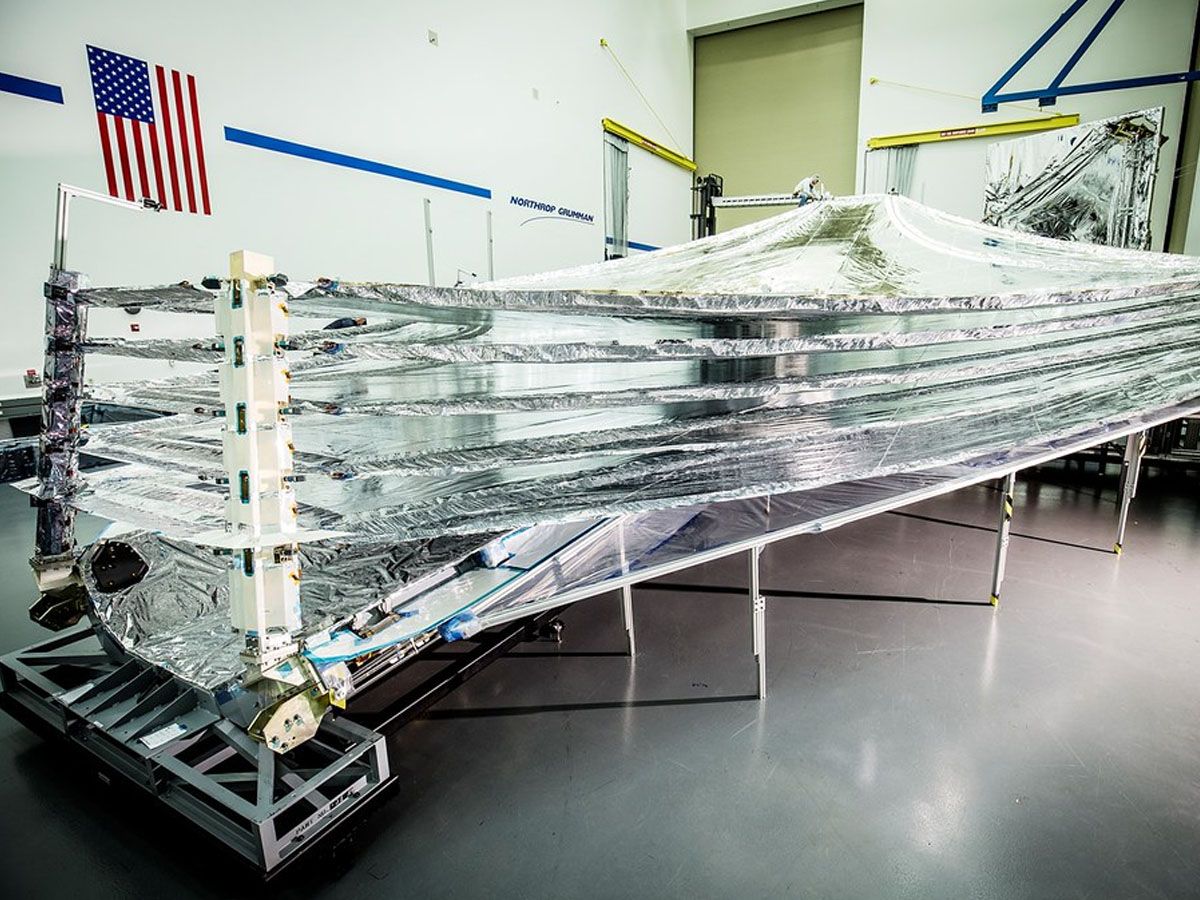
An ingenious aspect of the sunshield's design is the temperature gradient created by the successive layers. Each layer is cooler than the last, from those exposed directly to the Sun's intense heat to those facing space's cool expanse. Each layer is precisely positioned and separated so as to direct heat outward and away from reaching the telescope's sensitive instruments, an amazing feat demonstrating engineering, material science, and astrophysics coming together in unison to ensure the success of the James Webb Space Telescope.
Managing Meteorite Damage and Material Shrinkage
Developing the sunshield for the James Webb Space Telescope was a monumental task that involved tackling numerous challenges. One of the most significant concerns was the potential for meteorite damage, which could compromise the sunshield's performance. To address this issue, engineers employed special seams and reinforcements within the sunshield's design, along with a grid pattern of "rip-stops" that act as damage containment zones. These rip-stops prevent any damage from spreading beyond the immediate area of impact, preserving the overall integrity of the sunshield.
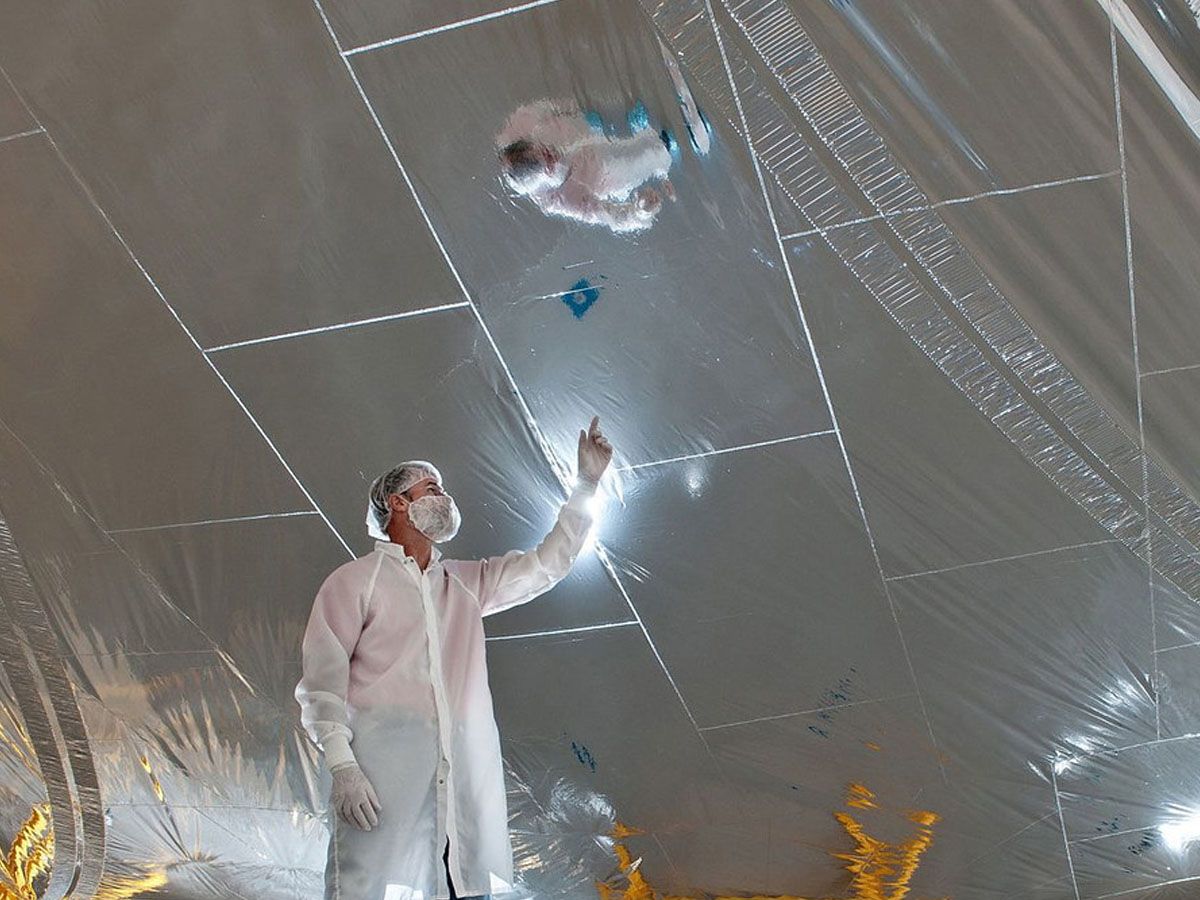
Another challenge was accounting for Kapton's natural tendency to shrink over time. To ensure that the sunshield would maintain its optimal performance throughout the mission, engineers had to account for this shrinkage in their manufacturing processes and analysis predictions. This meticulous attention to detail has resulted in a sunshield that is not only resilient but also adaptable to the dynamic conditions in space.
The Importance of Layer Design and Positioning
The sunshield's layers are not uniform in size and shape, rather, they have been designed with specific variations to optimize their performance. Layer 1, the largest and closest to the Sun, bears the brunt of the solar radiation, while each successive layer becomes progressively smaller. This design helps to ensure maximum heat dissipation and maintain the ideal temperature gradient between layers.
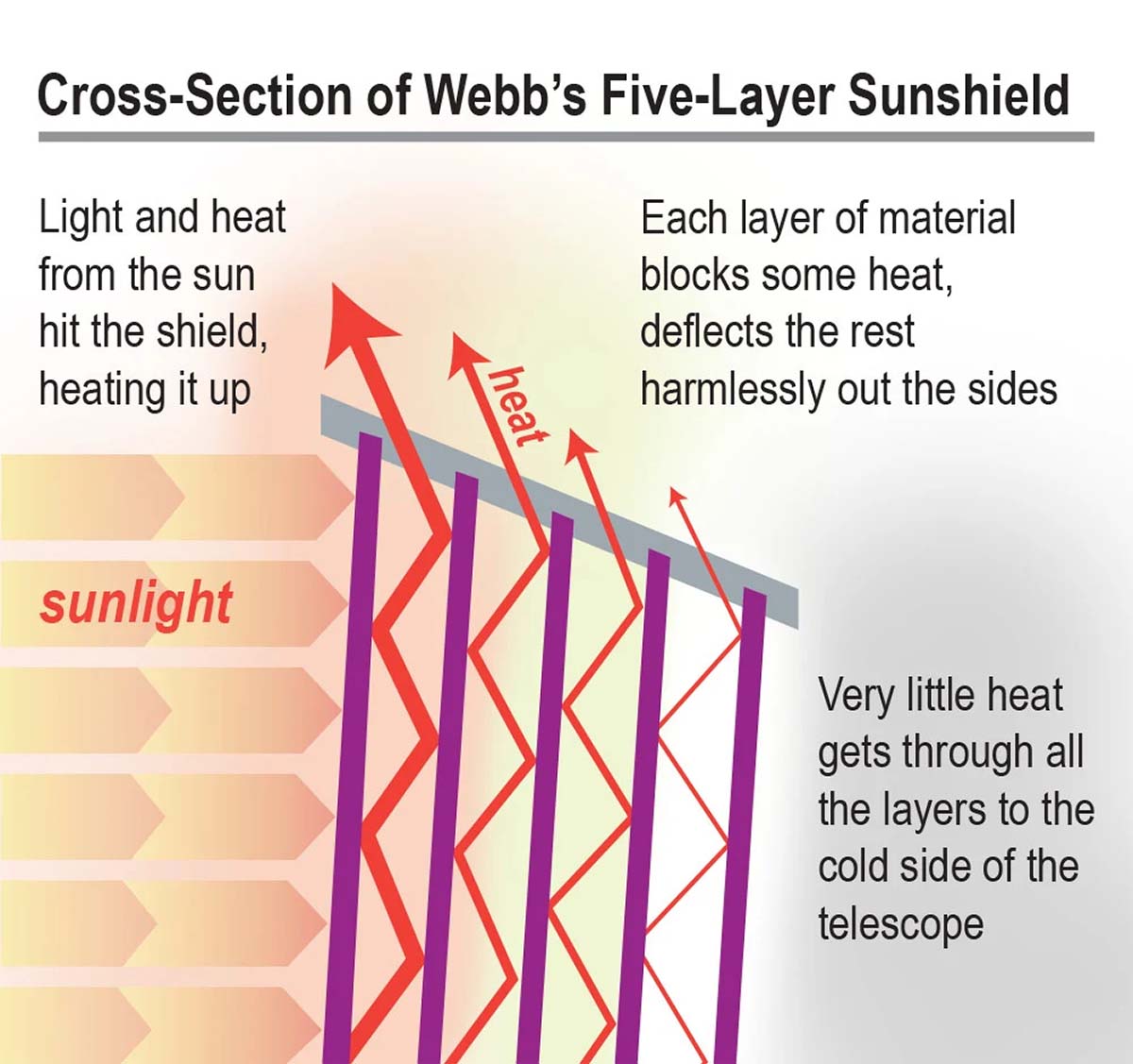
The layers are also strategically positioned in relation to one another, with the center layers being closer together and the edges further apart. This configuration optimizes the sunshield's ability to direct heat away from the telescope's sensitive instruments. To securely join the layers, engineers developed the Thermal Spot Bond (TSB) process, which allows for the seamless integration of the layers into a cohesive and efficient structure. The TSB process is yet another example of the cutting-edge engineering that has gone into making the sunshield a truly extraordinary component of the James Webb Space Telescope.
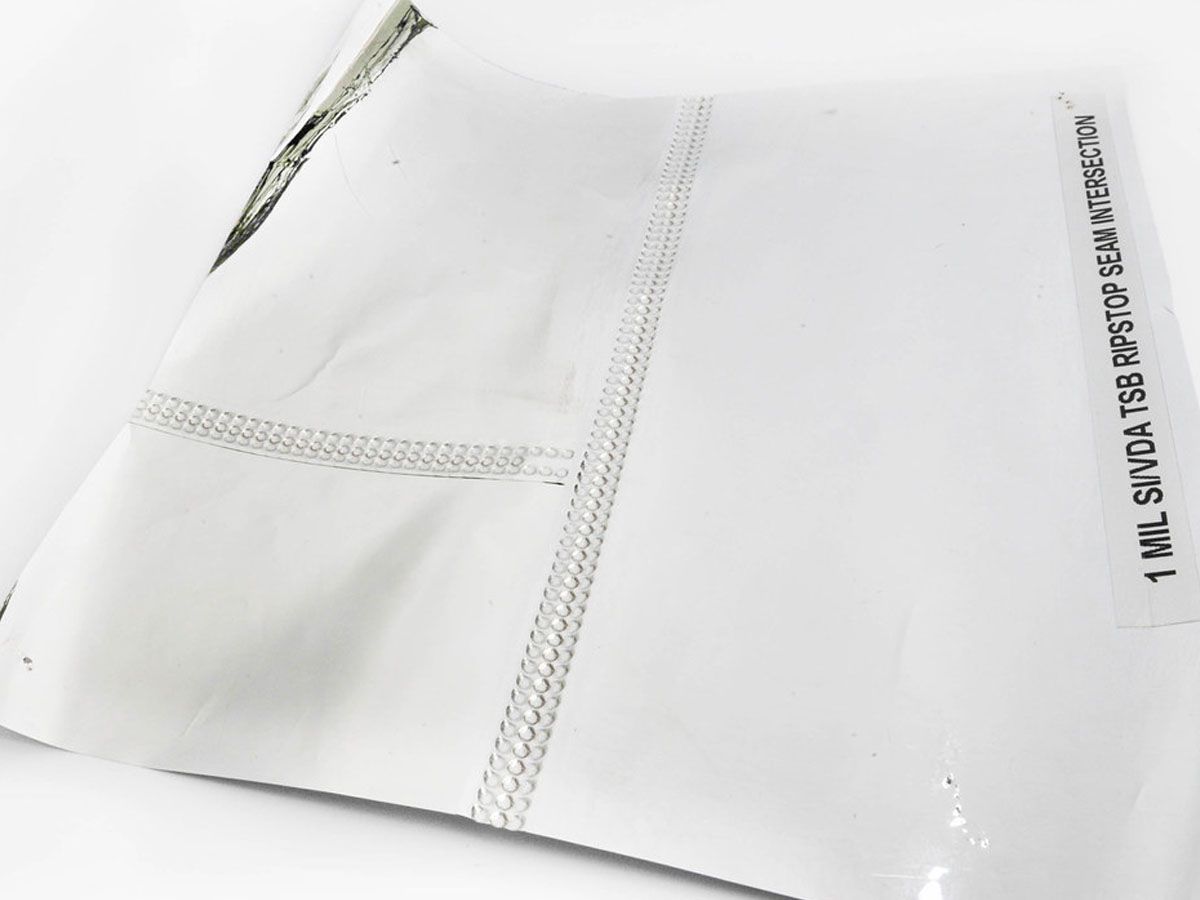
Infrared Light Detection and Heat Signal Sensitivity
The James Webb Space Telescope (JWST) was designed with one purpose in mind, to detect infrared light, faint heat signals emitted from distant objects in space. For this to work effectively, optimal conditions must be maintained throughout its mission. Sunshields play an essential part here by reflecting the sun's heat back into space using aluminum and doped-silicon coatings.
The sun-facing side of the sunshield experiences temperatures around 85°C, it must reduce the temperature to an astonishing -233°C for the telescope to function optimally. This incredible feat of engineering is crucial because failure to achieve this drastic temperature drop could result in the entire mission being compromised.
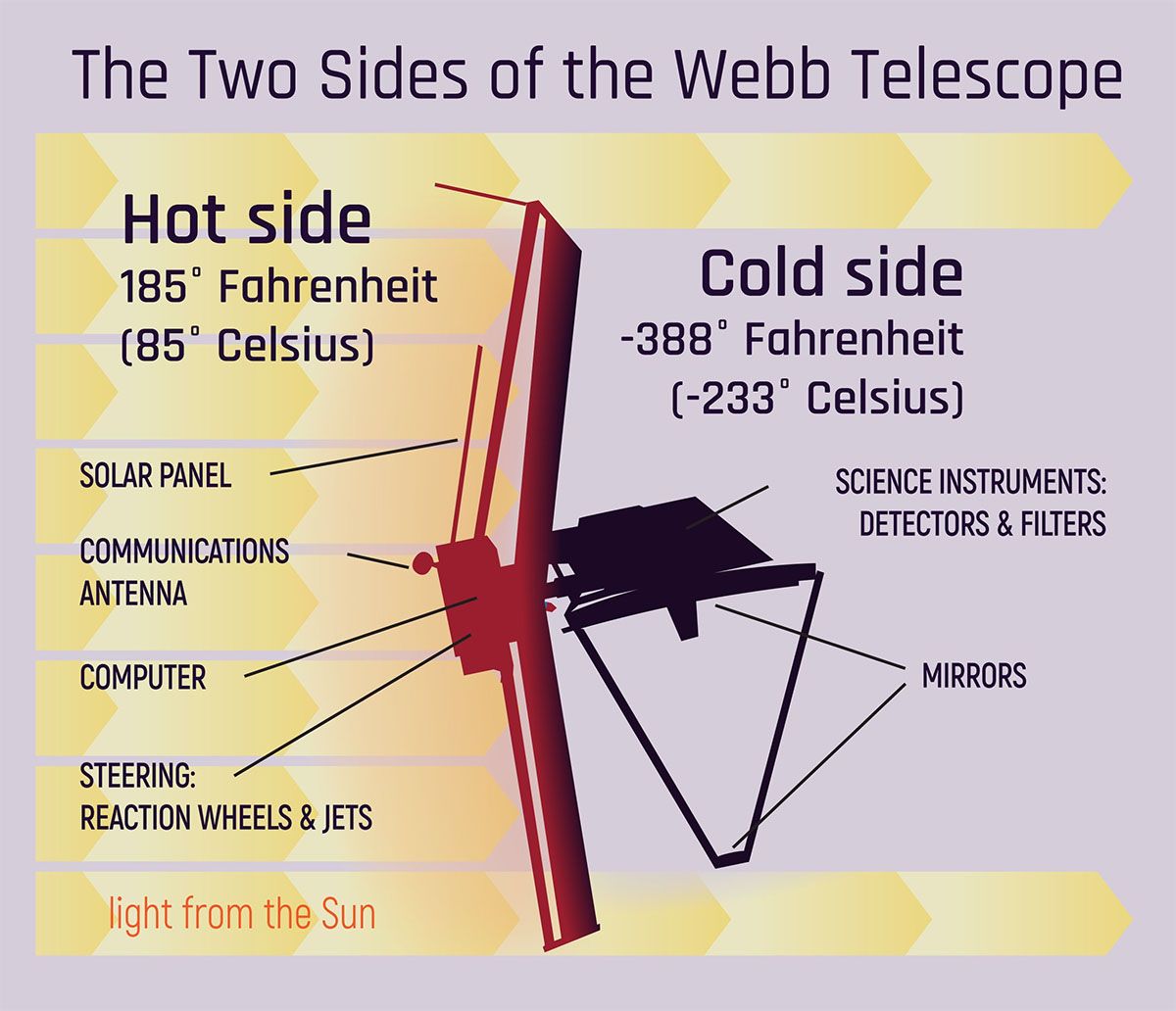
However, for the Mid-Infrared Instrument (MIRI) to operate correctly, an even lower temperature of -266°C is required. To reach this extreme level of cooling, JWST employs an active cooling system in conjunction with the sunshield's passive cooling capabilities. This combination ensures that the MIRI and other sensitive instruments on board can function at their peak performance, enabling groundbreaking discoveries in our quest to understand the universe.
Future Developments and Expectations
On January 4th, 2022, the sunshield of the James Webb Space Telescope was successfully deployed, marking an important step forward in its development. This milestone laid the groundwork for its highly anticipated launch that could shed light on many mysteries pertaining to the early universe’s development such as stars, galaxies, and black-hole formation.
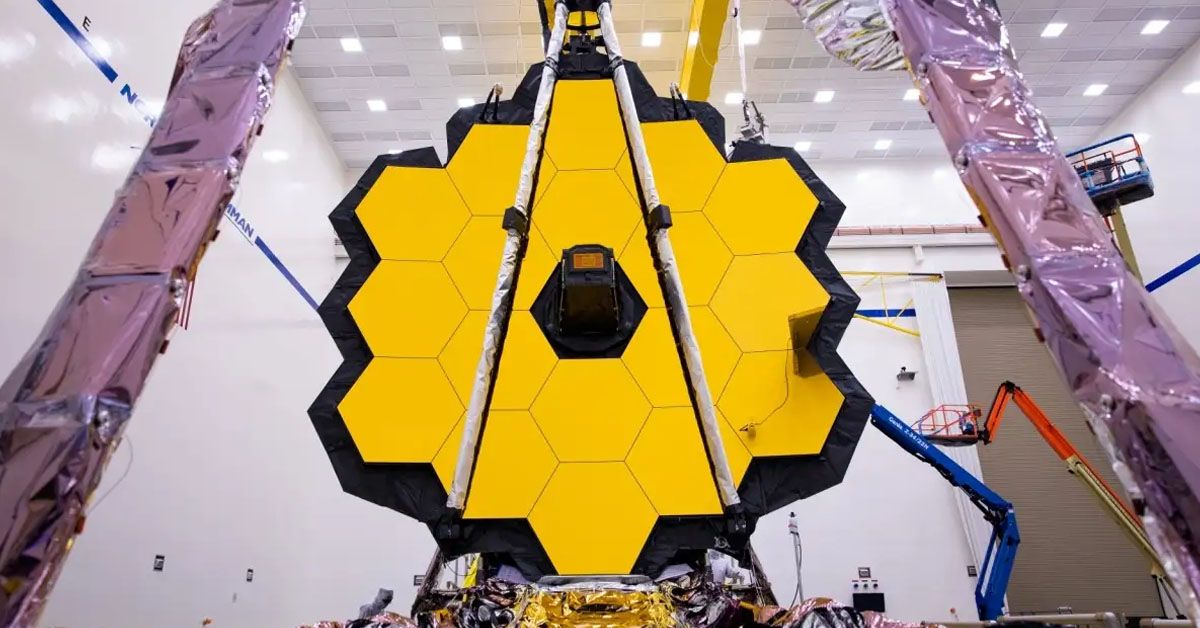
As we look forward to these groundbreaking discoveries, we must recognize the indispensable role that the sunshield plays in the success of the JWST mission. Its innovative design and engineering not only protect the telescope's delicate instruments but also facilitate the collection of unparalleled data that will reshape our understanding of the cosmos.
Sources: nasa.gov [1] [2] [3] / ieee.org / esa.in / northropgrumman.com / scientificamerican.com / npr.org
